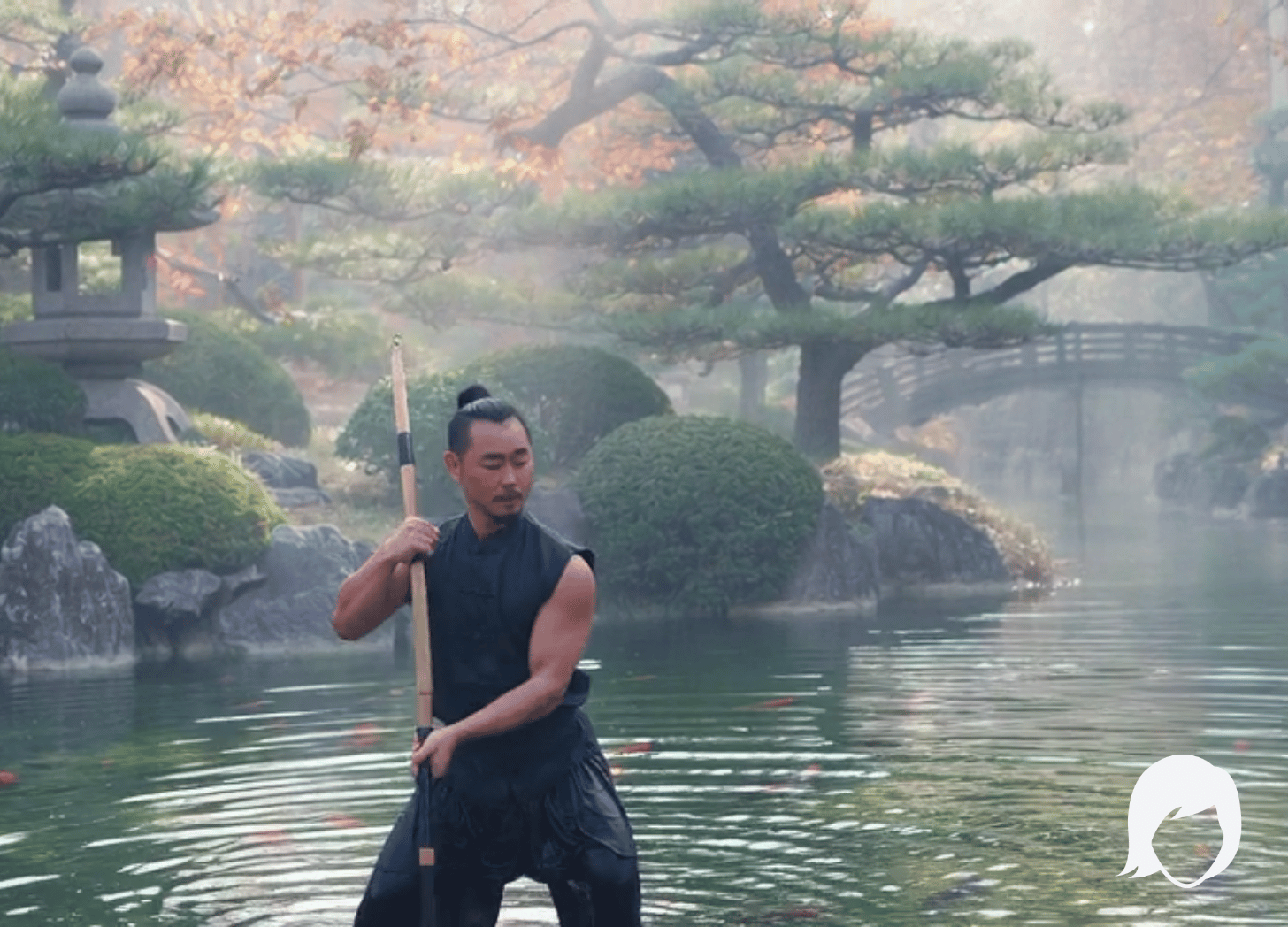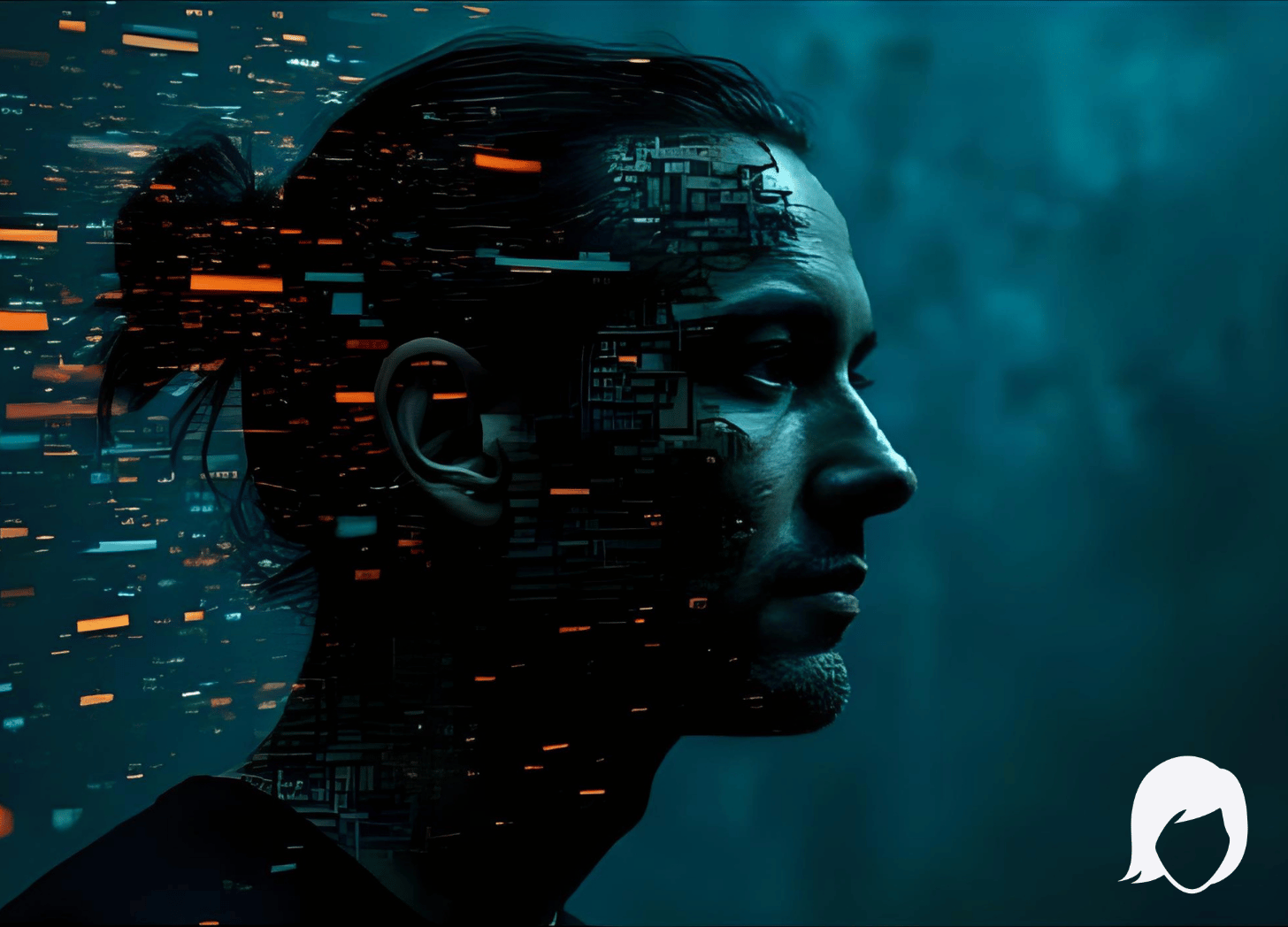Sora: a first look at AI’s leap into cinematic video
How OpenAI’s video model is transforming storytelling, marketing, and professional communication, and why it raises urgent ethical questions

The moment that stopped the scroll
It began with a striking sequence: a martial artist performing a bo-staff kata while standing knee-deep in a koi pond. The natural soundtrack of birdsong and water rippling underscored the scene’s quiet intensity, while the sweeping mountain backdrop evoked the grandeur of a studio production. Every frame carried the composure and precision of a film shot by a seasoned cinematographer. But here’s the twist: no film crew existed, no actors were cast, no real camera rolled. The entire scene had been generated from a simple text prompt.
OpenAI’s Sora blurs the line between cinema and simulation, delivering stunningly lifelike visuals and soundscapes.
That video wasn’t from a blockbuster studio, it was from Sora, OpenAI’s new text-to-video model. In the days after its reveal, timelines filled with clips of impossibly realistic scenes: woolly mammoths marching through snowy forests, surreal dreamscapes unfolding in cinematic detail, even minute-long stories that looked like they belonged in a Netflix trailer.
For anyone watching, one question is unavoidable: if AI can do this now, what comes next for video creation?
What is Sora?
Sora is OpenAI’s most ambitious step into video. Think of it as ChatGPT for moving images: you type in a text prompt and out comes a fully formed video clip. The difference is that Sora doesn’t just create short bursts of content. It can generate up to 60 seconds of continuous, coherent footage, with complex scenes, multiple characters, and realistic environments.
Other AI video tools already exist, such as Runway, Pika and Stable Video Diffusion, but most produce shorter, less consistent clips. What makes Sora different is its cinematic polish and narrative potential. Instead of producing a few seconds of glitchy motion, it creates sequences that feel shot by a film crew, complete with dynamic camera angles, depth of field, and fluid transitions.
What makes Sora different
Several breakthroughs set Sora apart from the current wave of AI video tools:
Cinematic quality: Videos look like they were filmed with high-end cameras and professional lighting. Motion feels natural instead of robotic.
Length: While most AI generators struggle beyond a few seconds, Sora holds scenes for up to a full minute. That’s long enough to tell a mini-story.
Consistency: Characters remain stable across shots, objects don’t disappear or warp, and perspective holds steady.
Storytelling capacity: Because prompts can guide style, tone, and narrative, Sora isn’t just making clips, it’s enabling storytelling.
In short, Sora doesn’t just create “moving pictures.” It creates something that feels like cinema.
Not a moment of this scene was filmed. It’s an AI-generated video from OpenAI’s Sora.
Key features shaping its potential
While OpenAI has only released a handful of public demos, some early features stand out:
Cameos: The ability to insert real people into generated videos. This could mean starring yourself in a surreal adventure or featuring a brand ambassador in AI-created campaigns. It also raises new questions about identity and consent.
Complex environments: Sora handles bustling cityscapes, natural landscapes, and interiors with multiple moving elements.
Creative control: Prompts don’t just describe visuals, they can set the mood (“shot in moody film noir lighting”) or define artistic style (“animated in Studio Ghibli aesthetic”).
Together, these features suggest a tool built for both playful experimentation and professional-grade storytelling.
Step into the scene yourself: OpenAI’s Sora cameo feature lets you place your own likeness directly into AI-generated videos.
Availability: can you use Sora now?
Here’s the reality check: Sora is not available to the public yet. Right now, OpenAI is running closed testing with red-teamers (specialist cyber security testers), safety researchers, and a small group of creative professionals.
The company has been cautious about release. Given the potential for misuse, from deepfakes to misinformation, OpenAI is taking a gradual approach, much like it did with earlier versions of ChatGPT and DALL·E.
So, if you’re hoping to log in and try Sora today, you’ll have to wait. But its unveiling signals where AI video is headed, and that’s something worth preparing for.
Why Sora matters for creators, brands, and professionals
Sora isn’t just a new tool; it represents a new category of media creation. Here’s why it matters across different contexts:
For creators
Independent filmmakers, YouTubers, or TikTokers could one day produce professional-looking footage without expensive cameras, actors, or locations. A creator with an idea can now storyboard and even prototype an entire sequence with nothing more than words.
For brands and marketers
Imagine generating multiple versions of a campaign video tailored to different audiences, testing them within hours instead of weeks. Or creating immersive product showcases without a physical set. Sora hints at a world where content becomes faster, cheaper, and more personalised at scale.
For professionals across fields
Training simulations, educational modules, corporate explainers - all could be prototyped or even fully built with Sora. Instead of outsourcing video production, teams might use AI to create compelling internal or client-facing content in-house.
In short: this isn’t just about entertainment. It’s about lowering the barrier to visual communication in every industry.
The challenges and risks
Of course, the excitement comes with shadows.
Deepfakes and identity misuse: With Cameos, inserting someone into a video is easier than ever. That makes consent, privacy, and authenticity urgent issues.
Misinformation risks: If anyone can generate realistic “news footage,” the challenge of verifying truth online only grows.
Ethical and regulatory concerns: Businesses will need clear policies on how (and when) AI video is appropriate. Governments are already considering guardrails.
OpenAI has acknowledged these challenges and is building safeguards, but the responsibility won’t stop there. Every creator, brand, and professional will need to approach Sora with both curiosity and caution.

The road ahead
While you can’t use Sora today, the trajectory is clear. AI video is moving rapidly from novelty to mainstream. Just as ChatGPT normalized AI text, and DALL·E and Midjourney did the same for images, Sora could be the moment video enters the everyday AI toolkit.
So what can you do now?
Experiment with other tools: Platforms like Runway or Pika offer early glimpses of what’s possible.
Upskill creatively: Learn to write prompts that describe not just visuals but style and mood.
Stay informed: Watch for how platforms integrate AI video, from social media to enterprise tools.
By the time Sora (or its successors) becomes widely available, the people who have already explored the creative and strategic potential of AI video will be the ones leading the way.
Conclusion: the spark of a new medium
Sora is more than a demo, it’s a signal. A signal that video, one of the most powerful forms of human communication, is being redefined by AI. It won’t replace human creativity, but it will reshape how stories are told, how brands connect, and how professionals communicate.
The first clips may have felt like magic tricks. But as with every wave of AI, what feels like magic quickly becomes normal. The real question is: how will you use it when it does?


